Independent Collectors
me Collectors Room – Private Exposure
For the fifth time, the Olbricht Foundation has invited London Metropolitan University students from the ‘Curating the Contemporary’ Master’s program in collaboration with the Whitechapel Gallery, to curate and develop an exhibition with works from the extensive art collection of Thomas Olbricht.
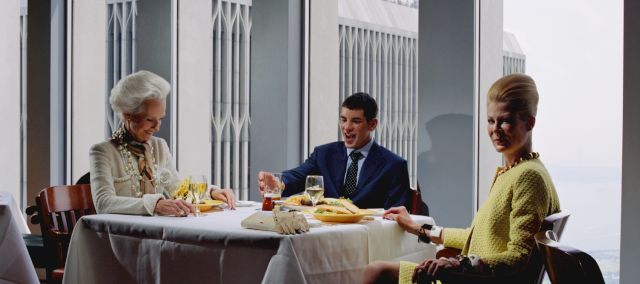
This year Fabiola Flamini, Eilidh McCormick, and Alice Montanini curated “Private Exposure” at the me Collectors Room Berlin, in an exhibition that addresses surveillance in the modern day, as well as investigating the tracking and exposure in we see in our society today.
Here, all three talk to IC about the thought processes and logistics involved in curating the show.
IC
Had you seen the Olbricht collection previously before curating this show?
Fabiola Flamini, Eilidh McCormick & Alice Montanini
For the fifth time, the Olbricht Foundation has invited London Metropolitan University students from the ‘Curating the Contemporary’ Master’s program in collaboration with the Whitechapel Gallery, to curate and develop an exhibition with works from the extensive art collection of Thomas Olbricht.
This year Fabiola Flamini, Eilidh McCormick, and Alice Montanini curated “Private Exposure“, an exhibition that addresses surveillance in the modern day, as well as investigating the tracking and exposure in we see in our society today. Here, all three talk to IC about the thought processes and logistics involved in curating the show.
IC
Had you seen the Olbricht collection previously before curating this show?
Fabiola Flamini, Eilidh McCormick & Alice Montanini
We had had a glimpse of the collection through the exhibitions of previous Curating the Contemporary students but had never visited the space or seen any of the collection works in the flesh prior to the project.
IC
What was the selection process for the artworks?
Fabiola Flamini, Eilidh McCormick & Alice Montanini
The selection of the works was quite an organic process in response to the me Collectors Room building. Inspired by the multiple sight-lines that the space offers the viewer, we had the specific intention to reflect and emphasise this aspect through the exhibition display. From our interest in the space developed the theme exploring the mutual act of watching and being watched. Therefore, we specifically looked for artworks that could connect across the levels of the gallery and out onto the street consciously including different genres of work.
IC
So You designed “Private Exposure” to be a site aware exhibition in response to the me Collectors Room building. In what ways was this a challenge for you as curators?
Fabiola Flamini, Eilidh McCormick & Alice Montanini
From the outset, we decided to embrace the gallery rather than trying to make the unusual space conform to our choices. This made the initial process of selection and positioning of some key works much smoother and easier. It did narrow our selection of works for technical reasons and in some instances, we compromised. In the case of the video piece “Sustaining the Crisis” by Taylor-Johnson the way we need to present the work is not typical but we were lucky enough that the artist approved our solution. We have accepted the unpredictability of the space as something that perfectly fit the concept and the lack of control caused by the exposure to the public gaze.
IC
As there are three of you curating the show, how did you go about juggling all of your ideas?
Fabiola Flamini, Eilidh McCormick & Alice Montanini
Working as a group is challenging but in this instance having our different backgrounds in philosophy, art history and artistic practice was an asset. We all agreed how important the space was from the beginning and with this unifying us all the further decisions were made through discussions and compromise, beyond individual taste and opinion. Although this exhibition isn’t what each of us would have composed individually, we believe that to be the strength of it as each element has been considered through different points of view that bring a unified perspective overall.


IC
Was there something in particular you were looking for when making the selection?
Fabiola Flamini, Eilidh McCormick & Alice Montanini
As a group, we all came to the collection with different perspectives and experiences so there was not one position adopted while selecting works. The process was democratic with discussions reasoning selection beyond individual taste. Ultimately we looked for a selection best able to convey the complexity and different aspects of the theme – sometimes more subtly, other times in a very direct and literal way.
IC
Where did the concept of the exhibition stem from? Was it something that the three of you had been working on within your studies?
Fabiola Flamini, Eilidh McCormick & Alice Montanini
The concept was an immediate reaction to the space as well as taking inspiration from the bold works we discovered in the collection. Beyond this reaction, we all have studied different aspects relating to the theme that we brought knowledge of to this project. The importance of sight is, of course, something much discussed in art history and explored through artistic practice. It is certainly not a subject reserved for the art world as over time and due to new technologies our act of watching have altered. The everyday is being examined with Private Exposure as we involve the visitors, the artworks and their entire engagement with the space.
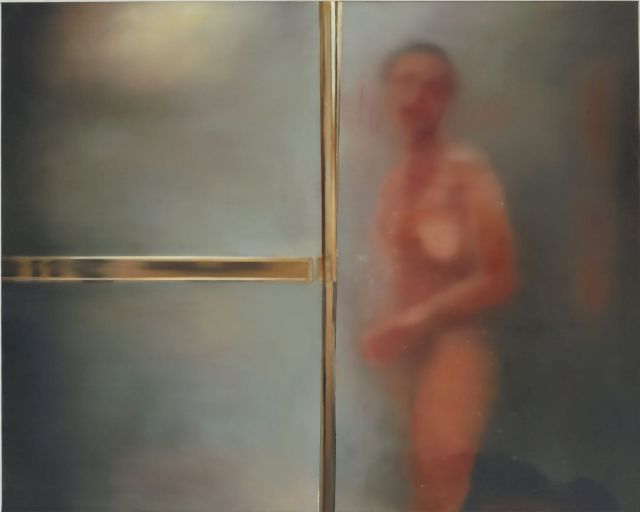
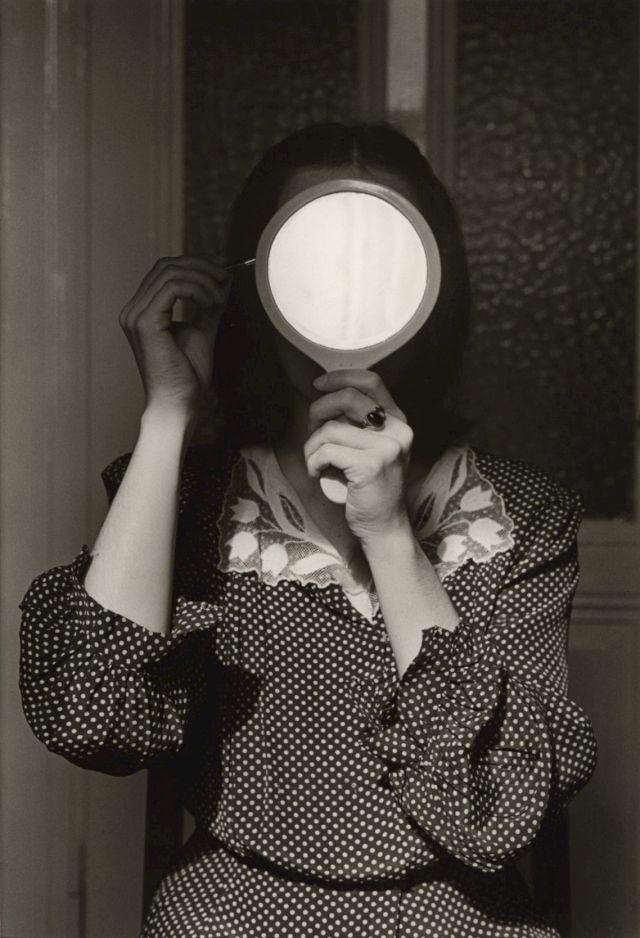

IC
“Private Exposure” looks at surveillance in society today, a topic that has been addressed numerous times in art, but how did you go about looking at it in a new and fresh way?
Fabiola Flamini, Eilidh McCormick & Alice Montanini
Exploring any subject through a collection has restrictions so we avoided broaching a topic like surveillance directly but did so incidentally through the space in which the exhibition is housed. Addressing surveillance is an acknowledgement of the wider context in which Private Exposure sits, where we are not only watched by CCTV in public but willingly share our private moments to a global audience via the Internet. Looking at the acts of watching and being watched we are examining many aspects through the works on display with a focus on the gallery space, consciously not compromising the integrity of any works by forcing a theme on them. Our aim is ultimately to present a new approach to the Olbricht Collection, by contextualising and connecting its works with one of today’s most relevant issues.
IC
What is it about looking at others that we, the viewer, find so interesting?
Fabiola Flamini, Eilidh McCormick & Alice Montanini
Observing is primal behaviour that we all instinctively do. The act of looking at others is also a way to consider ourselves and to position ourselves within society. The act of looking is particularly amplified within a White Cube gallery where nothing detracts our attention from the works of art, but what happens in an open space like the me Collectors Room where the viewer’s’ gaze is free to wander, reaching even beyond the gallery’s walls? We believe that this unconventional space is particularly suitable to host a discourse on the mutual act of looking at others while being looked at in turn – an activity that engages us on daily bases, consciously or unconsciously.


IC
The artists in the show are already quite established – was this something you wanted to focus on from the collection?
Fabiola Flamini, Eilidh McCormick & Alice Montanini
Not at all. We focused solely on the works in the collection and on the importance and relevance of an artist’s practice to our theme.
IC
Does a collection like this inspire you to start collecting yourself?
Fabiola Flamini, Eilidh McCormick & Alice Montanini
Collecting art is a very pleasurable activity, investment and passion, a luxury. Working with this collection has definitely been an inspiring, experience which will influence the development of our curatorial research and practice.
IC
We believe that the face of collecting is changing, with more young art enthusiasts acquiring art than ever before. Have you also seen this change and how do you think it will affect the art scene in the future?
Fabiola Flamini, Eilidh McCormick & Alice Montanini
The more collectors collecting work, particularly that of emerging artists will encourage and enable the production of more art which is never going to be a bad thing. In the last decade, international art fairs have tripled in numbers, showing an increased popular interest in contemporary art and its market. Private Collections play a pivotal role in the preservation of art enabling exhibitions wider than the sole collection through loans to galleries that don’t have the means to have a collection of their own. Whoever is collecting and the inspiration behind the purchase of works it’s an exciting time in the art world and this will continue into the future.




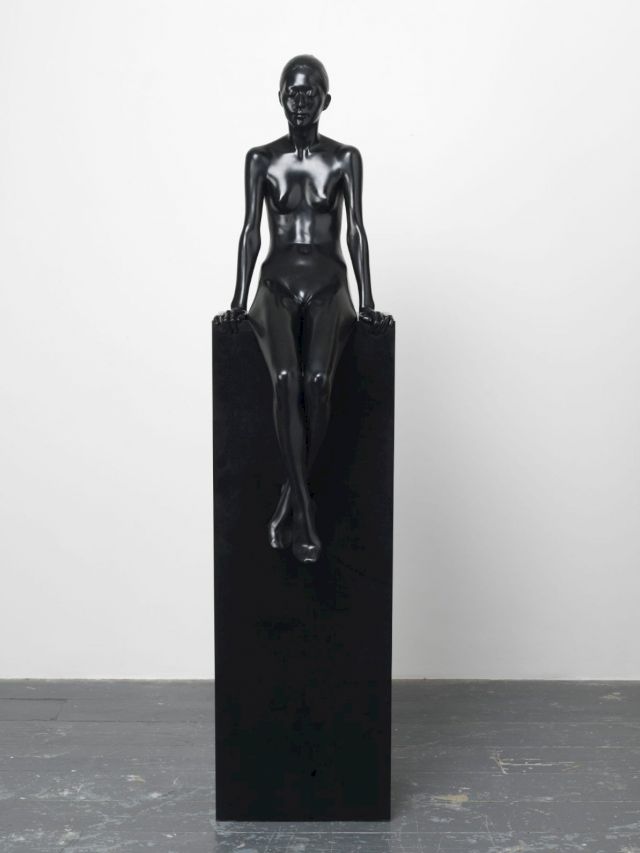


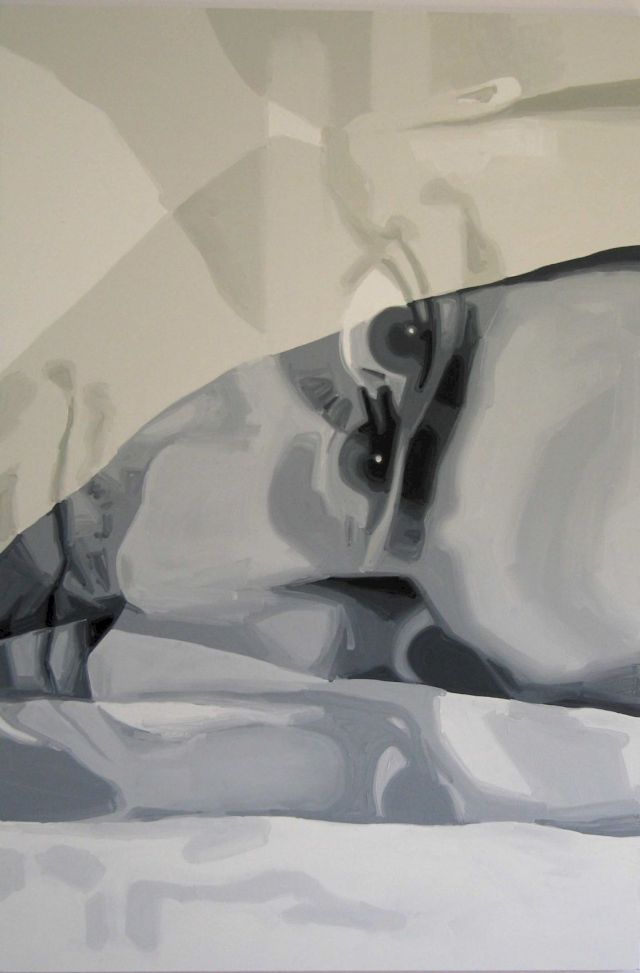
The me Collectors Room is included in the Art Guide.